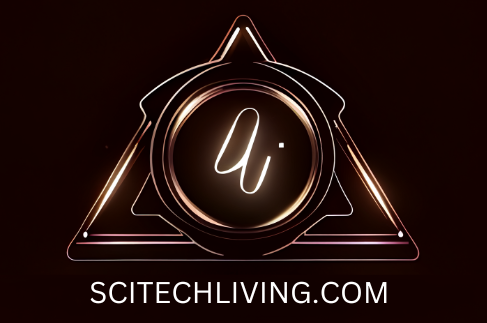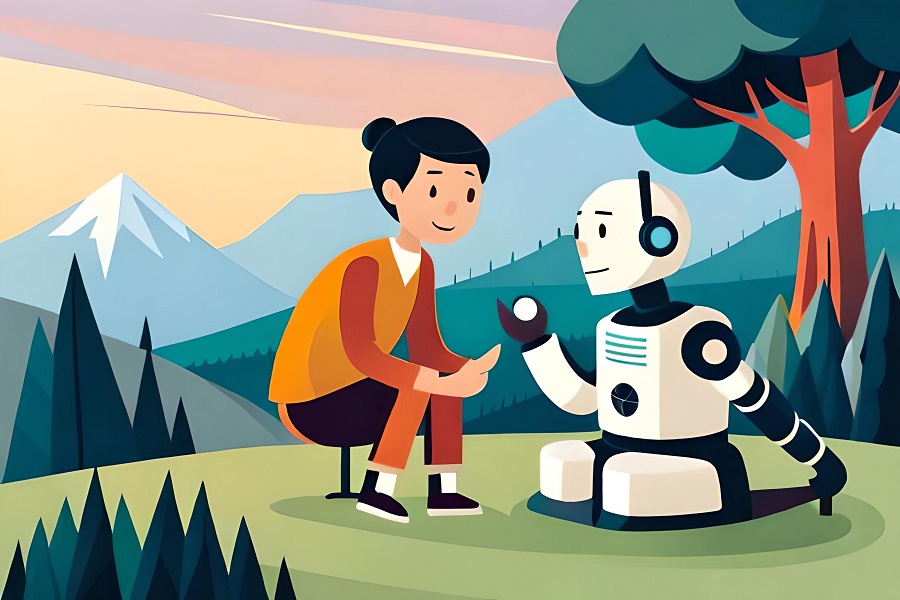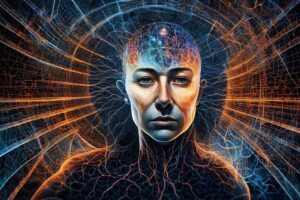Have you ever wanted to talk to a robot that can answer your questions and chat with you like a friend? If yes, then you might be interested in chat GPT, a type of chatbot that uses artificial intelligence (AI) to have conversations with humans.
What is chat GPT?
Chat GPT is a chatbot that uses a special kind of AI called generative pre-trained transformer (GPT). This means that it can create new sentences and words based on what it has learned from reading lots of texts on the internet. It can also remember what you said before and use it to make the conversation more natural and interesting.
How does chat GPT work?
Chat GPT works by using a large network of tiny units called neurons that can process information and learn from it. These neurons are arranged in layers that can communicate with each other and perform different tasks. For example, some layers can help chat GPT understand what you are saying, while others can help it generate a response that makes sense and sounds human.
Chat GPT also uses a technique called attention, which means that it can focus on the most important parts of the conversation and ignore the irrelevant ones. This helps chat GPT avoid repeating itself or saying something that does not match the context.
Can chat GPT think like a human?
Chat GPT is very good at imitating human language and behavior, but it does not have the same kind of thinking or emotions as humans. Chat GPT does not have a personality, a memory, or a sense of self. It does not know what is true or false, right or wrong, good or bad. It only knows what it has learned from the texts it has read, which may not always be accurate or appropriate.
Therefore, chat GPT is not a real friend or a teacher, but a tool that can help you learn new things, have fun, or get some information. You should always use chat GPT with caution and respect, and never trust it blindly or rely on it too much.
The Future of ChatGPT and Other AI Chatbots
AI chatbots are becoming more popular and advanced every day. They can help us with various tasks, such as booking a flight, ordering a pizza, or finding a product. They can also entertain us with jokes, stories, or games. One of the most impressive examples of AI chatbots is chatGPT, a chatbot that can have natural and engaging conversations with humans. But what is the future of chatGPT and other AI chatbots? Can they replace humans in some domains?
The Potential of AI Chatbots
AI chatbots have a lot of potential to improve our lives and society. They can provide us with instant and personalized service, support, and information. They can also reduce the workload and cost of human agents, who can focus on more complex and creative tasks. They can also enhance our learning, creativity, and well-being by offering us new perspectives, insights, and experiences.
Some of the possible applications of AI chatbots in the future are:
- Education: AI chatbots can act as tutors, mentors, or coaches for students of all ages and levels. They can adapt to the learning style, pace, and goals of each student. They can also provide feedback, encouragement, and motivation.
- Healthcare: AI chatbots can act as assistants, counselors, or therapists for patients and caregivers. They can monitor the health condition, symptoms, and medication of each patient. They can also provide emotional support, advice, and referrals.
- Entertainment: AI chatbots can act as companions, storytellers, or game masters for users of all interests and preferences. They can create personalized and interactive content based on the user’s mood, taste, and feedback. They can also provide social interaction, fun, and relaxation.
The Challenges of AI Chatbots
AI chatbots also have some challenges and limitations that need to be addressed before they can replace humans in some domains. Some of the main challenges are:
- Ethics: AI chatbots need to follow ethical principles and values that respect human dignity, rights, and diversity. They need to avoid bias, discrimination, manipulation, or harm. They also need to ensure privacy, security, and transparency of the data they collect and use.
- Trust: AI chatbots need to build trust and rapport with their users by being reliable, consistent, and honest. They need to acknowledge their mistakes and limitations and ask for help when needed. They also need to show empathy, compassion, and humor when appropriate.
- Creativity: AI chatbots need to enhance their creativity and originality by generating new ideas, solutions, or expressions that are relevant and valuable. They need to avoid plagiarism, repetition, or nonsense. They also need to learn from their feedback and interactions with humans.
The Conclusion
AI chatbots are amazing tools that can help us in many ways. ChatGPT is one of the most advanced examples of AI chatbots that can have natural and engaging conversations with humans. However, AI chatbots are not perfect or human-like. They have some challenges and limitations that need to be overcome before they can replace humans in some domains. Therefore, we should use AI chatbots wisely and responsibly as our partners rather than our competitors.



